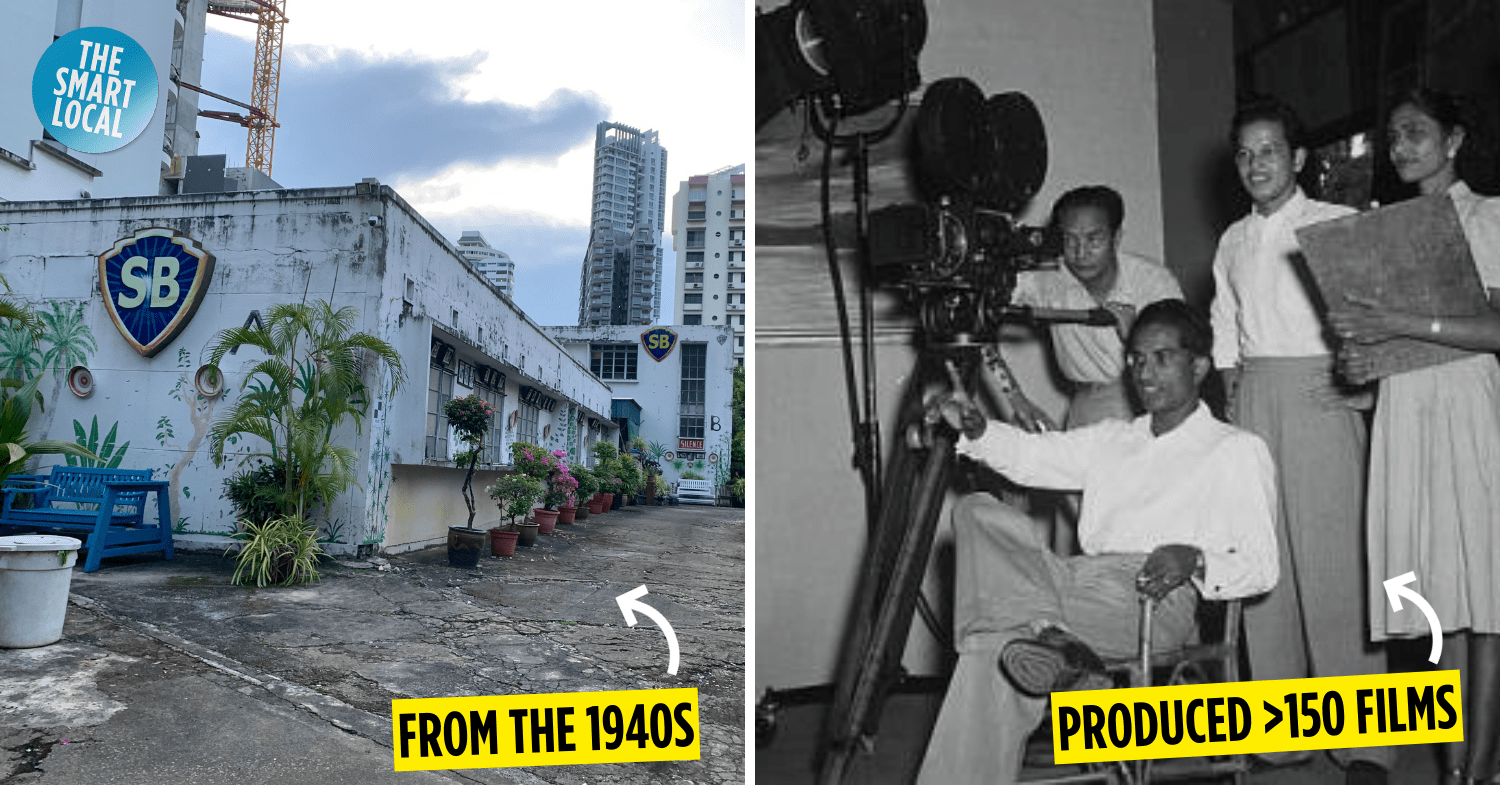Malay Film Productions studio
Ask any Singaporean to name a local film and chances are one of the Jack Neo movies like I Not Stupid or Ah Boys To Men will be cited. However, if we go back in time to the 1940s, most locals would have been familiar with the name P. Ramlee.
Nothing short of a superstar in the Malaysian film industry, this actor-singer-director was actually launched by a studio in Singapore – then Malaya – known as Malay Film Productions. Although now defunct, this studio on 8 Jalan Ampas has a colourful history and even survived WW2 to eventually produce over 150 films.
Warehouse converted into a film studio
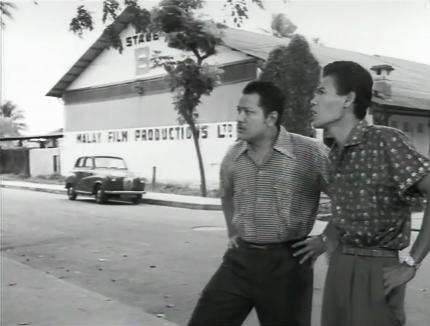
Image credit: Dayana Rizal via Wiki.sg
The story starts with 2 brothers hailing from Shanghai, who had already made many Chinese films, and slowly made their way to Malaya in the early 1900s. These were none other than the Shaw brothers that founded the Shaw Organisation – ya know, the peeps who also brought IMAX to our shores.
For the uninitiated, a Malay film by the name of Laila Majnum had gained immense popularity back in the 1930s. It was based on Shakespeare’s Romeo and Juliet. Seeing its success, the brothers thought “hey, maybe it’s time we venture into making films in other languages”.
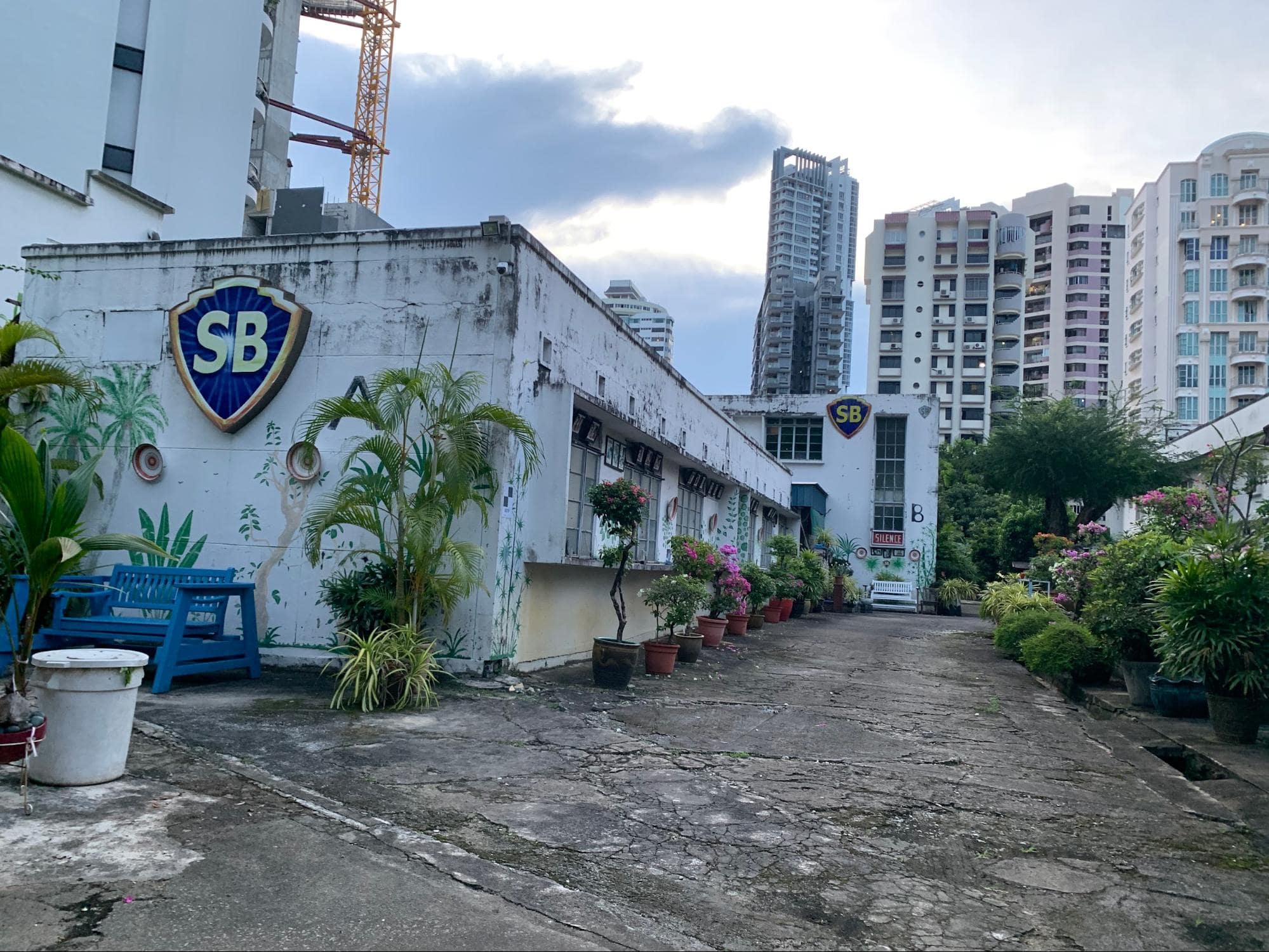
Image credit: Peter Seow via Google Maps
So, they started with Malay films. In order to produce them locally in Singapore, they procured a warehouse on Jalan Ampas in 1937 and converted it into a studio – and that’s how the Malay Film Productions started.
With this, second-hand filming equipment and expert technicians who knew how to operate them were brought in from Hong Kong and Shanghai.
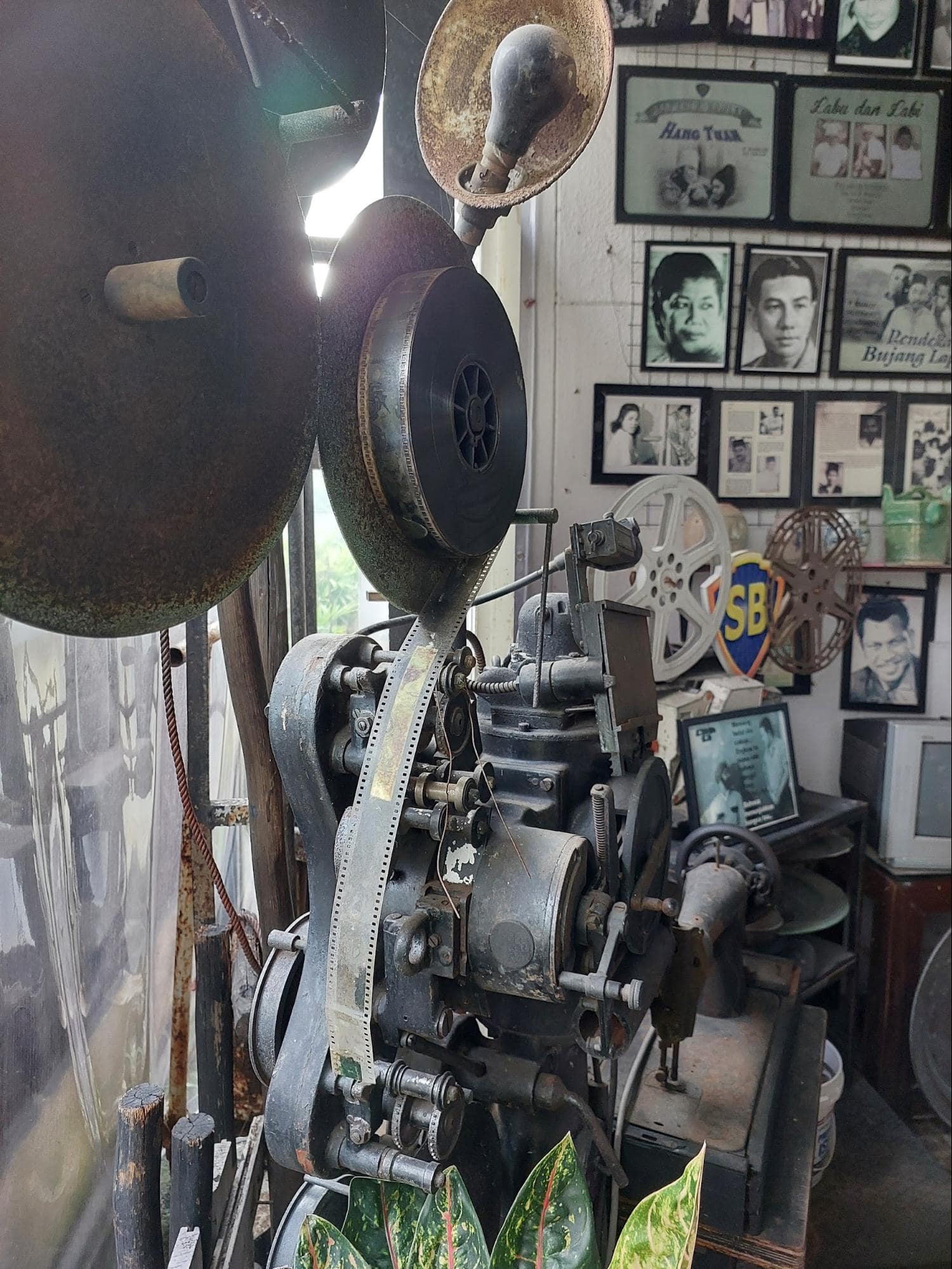 Image credits: Salim Johari via Google Maps
Image credits: Salim Johari via Google Maps
Once everything was set up, the studio managed to employ a few local Malay artists and directors from China to film a number of films between 1940 and 1941. Some of the more well-known titles in the Malay community included Mutiara, Bermadu, and Toping Saitan.
The original plan was to produce Malay and Cantonese films every month but all that came to a halt when the Japanese arrived in WW2. The studio was confiscated during the occupation and a lot of the building facilities were destroyed.
Produced over 150 films post WW2
When the war ended in 1945, the Shaw brothers had to shell out a million dollars to rebuild the studio and import more equipment from America before they could resume filming.
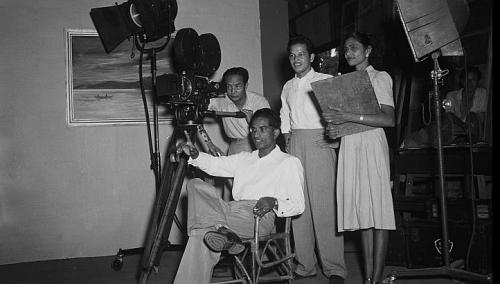
Indian directors such as B. S. Rajhans and L. Krishnan were hired to direct films for the studio.
Image credit: Remember Singapore
Finally, in 1947, the studio released its first post-war picture going by the title of Singapura Di Waktu Malam which translates to “Singapore By Night”. Audiences really enjoyed this comedy drama and the film was announced a success.
Fun fact: a lot of the Malay films during that time were inspired by the Malay opera given that the actors were mainly hired from these opera troupes.
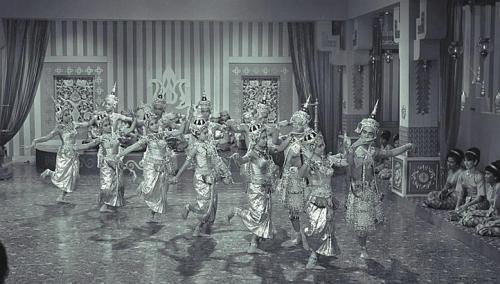
Image credit: Remember Singapore
Then in 1948, Malay Film Productions recruited what was touted as their most valuable find – P. Ramlee. This artist was spotted in Penang and was first hired as a playback singer. He eventually went on to act in 42 movies as well as direct 16 Malay films under the studio.
In the 20-odd years of its running, the studio produced over 150 films. The most famous ones include Hang Tuah and Penarek Beca.
The decline of Malay Film Productions Studio
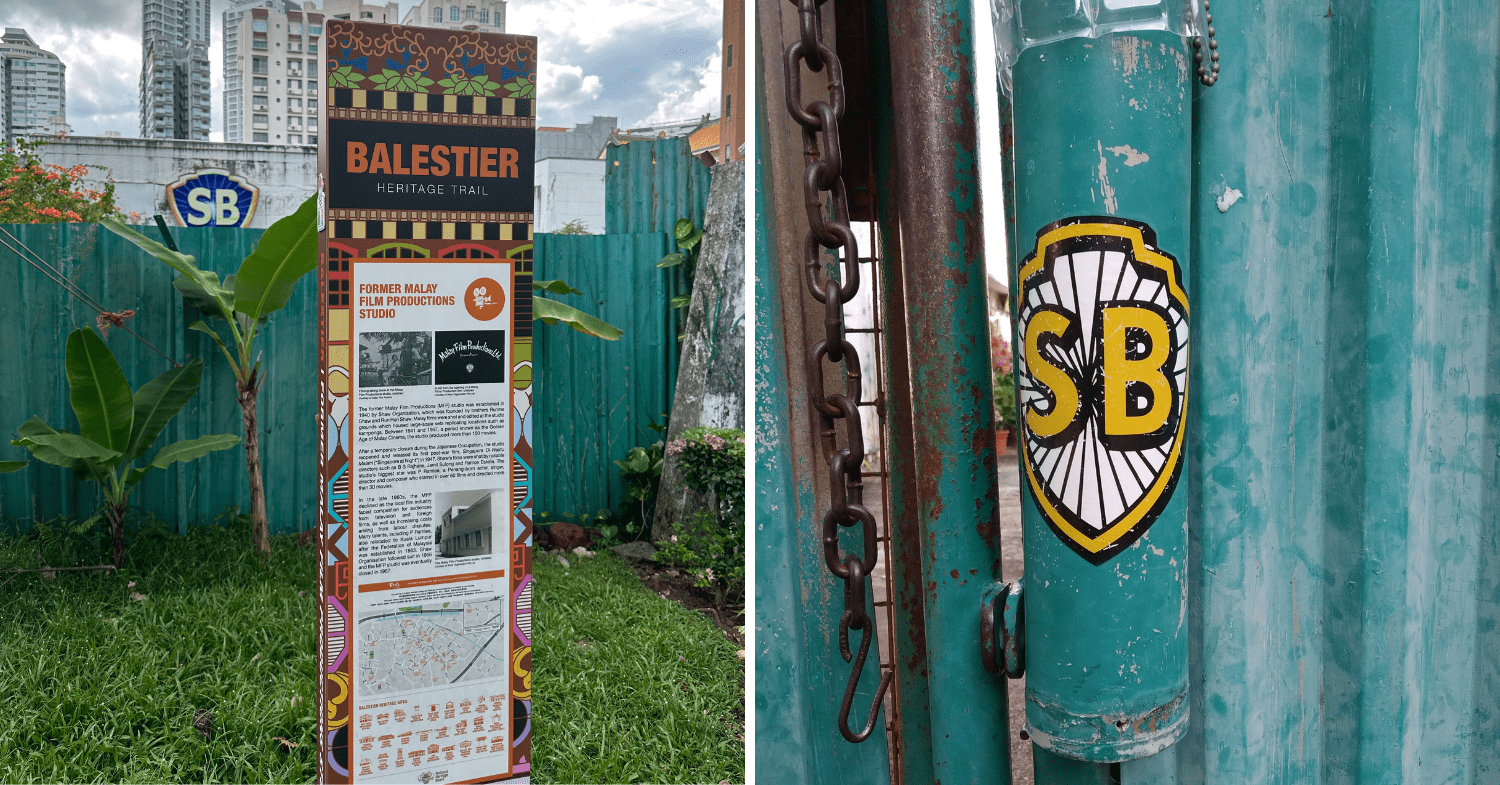
Image adapted from: Syafiq Suhod, Azlin Sani via Google Maps
With black and white TV becoming popular as an alternate form of entertainment in the 1960s, people just weren’t going to the cinema as much. At the same time, foreign-coloured films from other parts of Asia and Hollywood resulted in a further decline in demand for Malay films.
As such, their biggest star P. Ramlee decided to leave the studio and head to Kuala Lumpur which greatly impacted the profitability of films produced by Malay Films Productions thereafter. Coupled with labour strike issues, the studio just couldn’t stand against the circumstances and was forced to cease operations in 1967.
Remembering Malay Film Productions studio
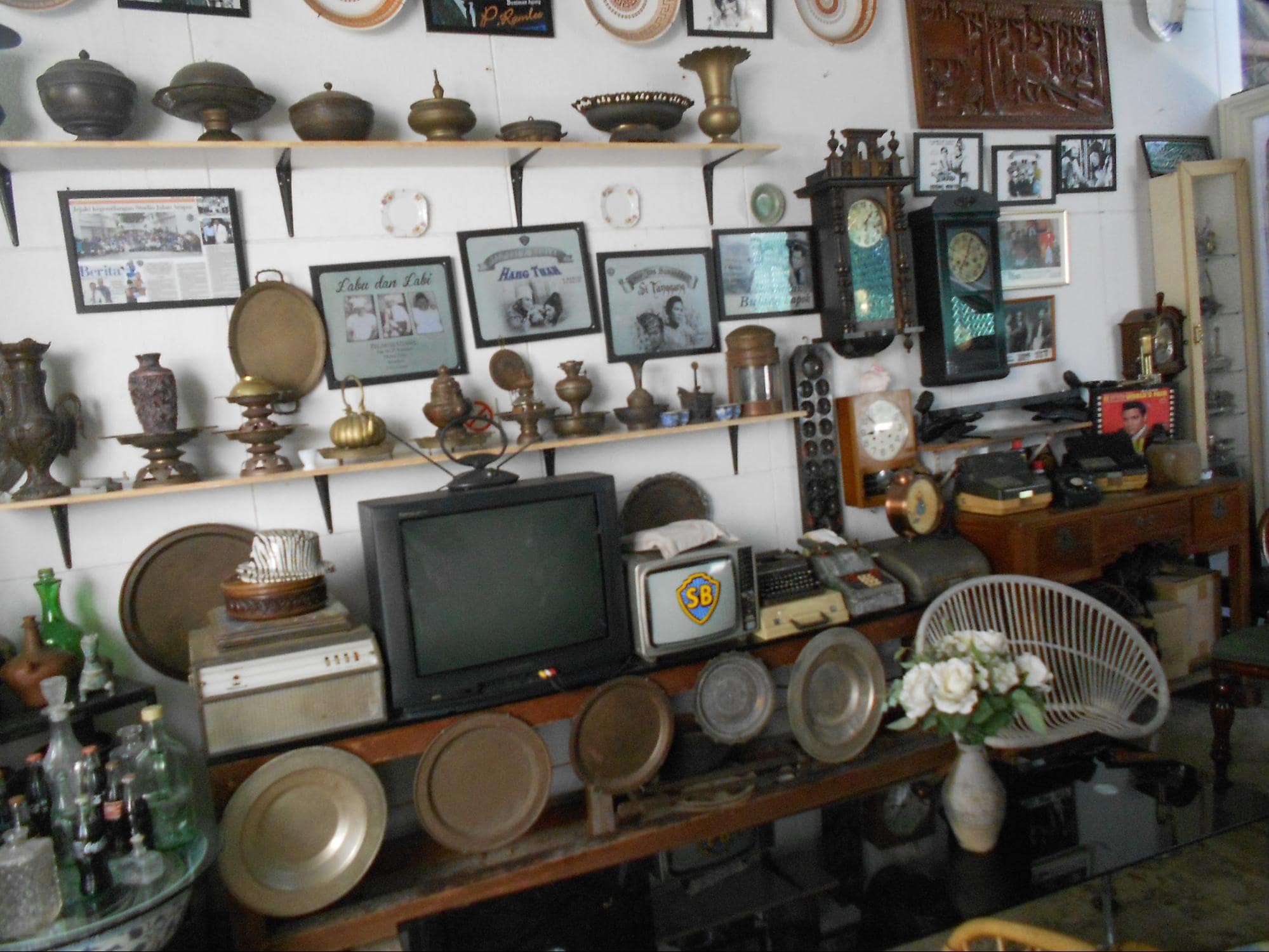
Artefacts and props accumulated from film sets.
Image credit: pemikir kini via Google Maps
If you walk past the building in Balestier now, you can only peek at the studio from the outside. Nevertheless, it remains an integral part of Malay cinematic history, having contributed to many films during the era known as the Golden Age of Malay Cinema and launching the careers of several actors and directors.
Address: 8 Jalan Ampas, Singapore 329508
For more places in Singapore from the past:
Cover image adapted from: Peter Seow via Google Maps, Remember Singapore
